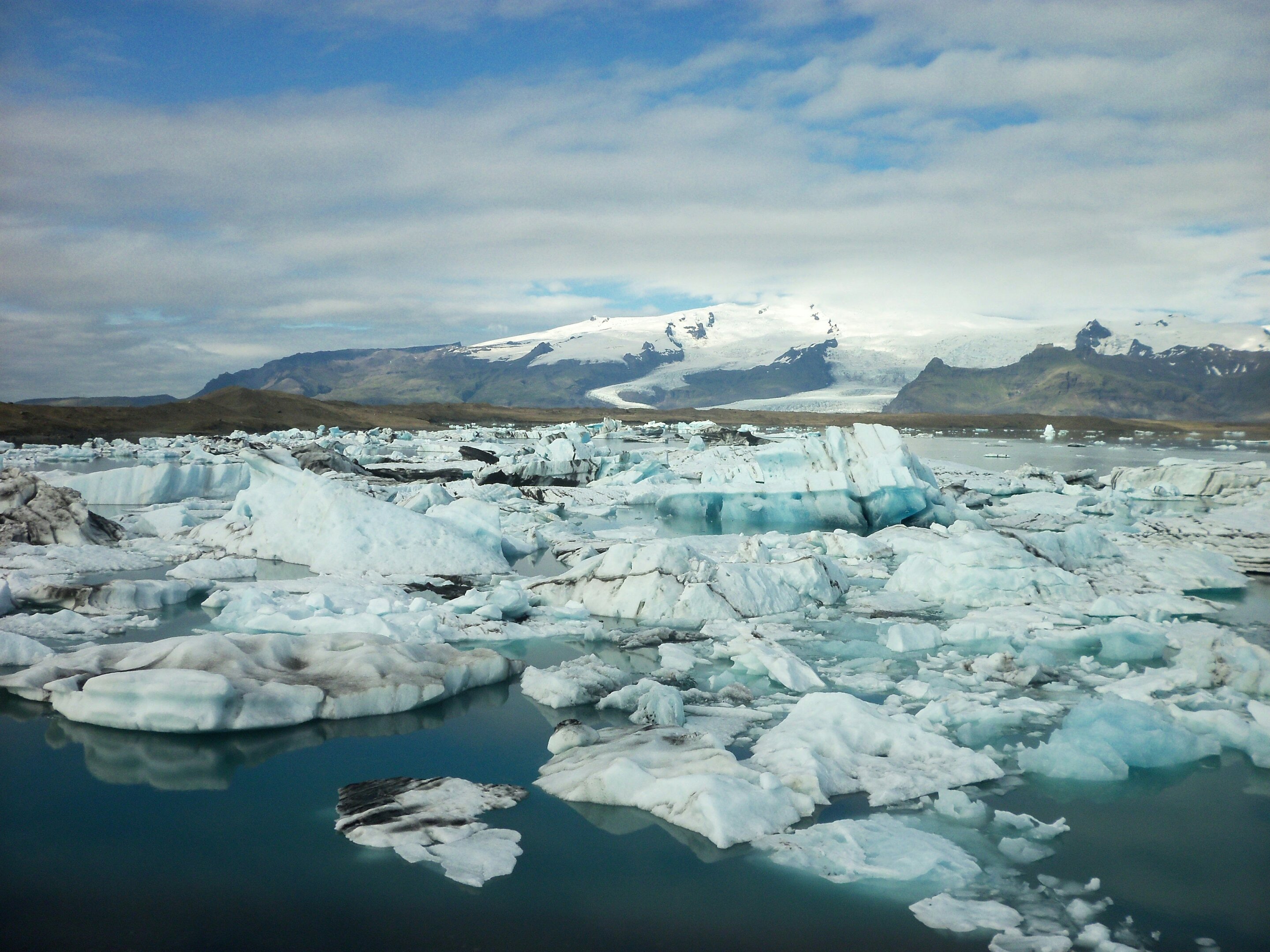
The collapse of the Swiss Birch glacier serves as a chilling warning of the escalating dangers faced by communities worldwide living under the shadow of fragile ice, particularly in Asia, experts say.

New research shows polar ice sheets may begin irreversible collapse even at 1.5 C warming - putting millions at risk.

This melting has implications for global climate indicators, including sea level rise, ocean warming and viability of marine ecosystems.

Ice loss from the world's glaciers has accelerated over the past decade, scientists said on Wednesday, warning that melting may be faster than previously expected in the coming years and drive sea levels higher.

Andean tropical glaciers are retreating at an unprecedented rate, exposing ice-free areas not seen for 11,700 years since the Holocene epoch began. This phenomenon highlights the significant regional impacts of human-induced climate change.

On May 20th, 2024, an iceberg measuring 380 square kilometers broke off the Brunt Ice Shelf in Antarctica. This event (A-83) is this region's third significant iceberg calving in the past four years.

Clocks may have to skip a second - called a "negative leap second" - around 2029.

In a crazy demonstration of just how little Greenland cares about following the laws of physics, the large island is rising out of the sea. The rise is fueled by Greenland’s ongoing ice loss, which continues to melt as global temperatures rise.

A new study found that ice shelves in the region have lost more than a third of their volume in the last half-century because of rising temperatures — and if it continues, there could be "dramatic consequences" for glaciers, and the planet.

Antarctica is missing an obscene amount of ice. The missing sea ice is currently the size of Greenland, a country that spans nearly 2.2 million square kilometres.

It’s winter in Antarctica, when sea ice cover typically grows. But this year’s sea ice is way behind, reaching record lows with implications for the planet.

An international team of scientists was amazed to discover that Greenland was a green land only 416,000 years ago. Much of the Greenland ice sheet vanished when it got warm which caused a global sea level rise.

Melting of glaciers to cause flooding and water shortages for nearly 2 billion people who live downstream, report says.

A new study finds that Arctic sea ice could disappear in the summers as early as the 2030s, a decade earlier than previously thought

Releasing 1000 gigatons of carbon into the atmosphere will cause the southern portion of the ice sheet to melt. If it melts entirely, global sea level would rise about 7 meters. We've emitted about 500 gigatons of carbon already.